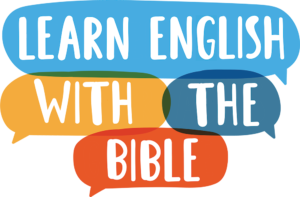
Pronounce W in American English
When you pronounce w, it sounds more like a vowel than a consonant. Vowel sounds are made when air flows freely through your mouth. The position of your mouth shapes the sound of the vowel.
However, unlike any vowel, w can’t appear in a syllable alone. The same is true for the sound of y. That’s why these letters are considered consonants and not vowels. The technical term for them is “glide consonants,” where the sound is made by air “gliding” over your tongue.
How to Pronounce W
To make the w sound, your mouth should be in a very tight circle, almost closed. Your teeth are open. Raise the back of your tongue, and leave the tip of your tongue relaxed in the bottom of your mouth. Use your vocal cords to make a sound as you push air through your mouth and over your tongue.
This sound is very similar to the long u vowel sound /u/ as in pool or new. However, many times the w sound begins with a very quick glottal stop. To do this, you will close your vocal cords as you would if you were holding your breath. This usually happens at the same time that you are rounding your lips to form the sound. This glottal stop is very quick and you will barely notice that you are doing it, but this is what helps make the sound of /w/ different from the sound of long u /u/.
Now practice these words with the w sound from the John chapter 5:
want, water, walk, was, well, work, will
Practice these words with W
The Consonant W at the Beginning of Words
The consonant sound of w is found at the beginning of words, like was and water. If you see the letter w at the end of a word, like how and below, it is doing the work of a vowel. In the word how, it combines with the letter o to form the vowel sound /aʊ/. In the word below, the w is silent and the word ends with the vowel sound of long o /əʊ/.
More Practice with W
Here are some more words that begin with the w sound. Say them with me.
when, what, why, one, would, where, were
Practice more words with W
What Should I Practice Next?
We have two more consonant sounds to study, y and h. Let’s continue with y, because it has a lot in common with the sound of w. Click the button to go there now.
